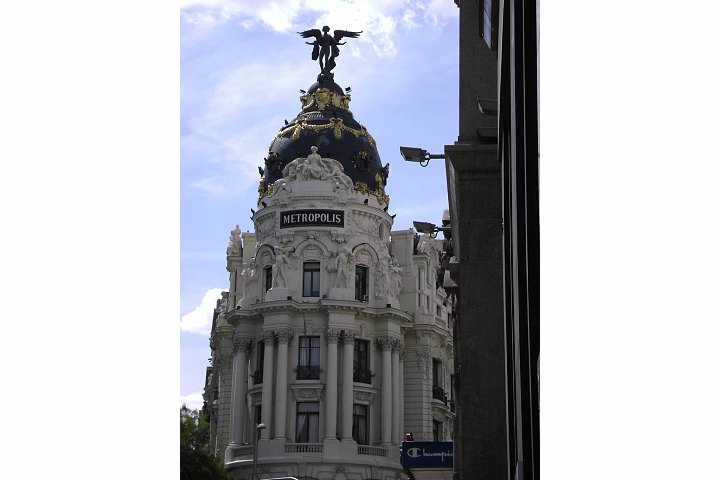
As with the final day in the Tour de France, Stage 21 is largely ceremonial for the man lucky enough to have survived 20 days of racing with the lowest cumulative time. Saturday Fabio Aru and the Astana team rode brilliantly to drop leader Tom Dumoulin from the pack, ensuring Aru the red jersey and a shake-up in the podium standings. Joaquim Rodriguez moved up to second place overall, with Rafa Majka bumping himself up to third place. Quintana hung on for fourth, not a bad showing for the man who claimed second place at the Tour in July. So why bother watching tomorrow? Well, the finale is always a thriller for the sprinters in the peloton – their last chance to grab some glory after slogging through the mountains that dominated this year’s Vuelta route. To add a little intrigue to the race, only two points separate the top two contenders for the green jersey, currently worn by Rodriguez. Should Alejandro Valverde decide that he wants to have a go, there could be a real fight to the finish between them. Otherwise, I look forward to toasting all of this year’s competitors for a job well done; it certainly kept me entertained for the past three weeks!
Since we find ourselves in Spain, there is only one wine we can pour today, as we congratulate Fabio Aru on his hard-fought victory – Cava. We’ve watched the individual stage winners spray everyone around them with bottles of it from the podium each day. So let’s go to Cava country, which sends us to the region of Cataluña, in the northeast corner of Spain. While the Cava DO includes parcels in six regions (Cataluña, Valencia, Navarro, Aragón, Rioja, and the Basque terrotory), 95% of production comes from Cataluña. Macabeo (a.k.a. Viura in some regions) is the workhorse of the Cava blend, usually comprising over 50% of the mix, with Parellada and Xarel-lo the dependable supporting cast. In 1986, additional grapes were permitted in the zone, including Chardonnay, Garnacha, Monastrell, Pinot Noir, and Trepat. Winemaking largely follows the method perfected in Champagne, with the second fermentation taking place in the bottle.
To toast the end of the 2015 Vuelta a España, get yourself a bottle of Cava. There are so many available now, as people have discovered that it is an affordable alternative to Champagne, especially if you’re entertaining a large group. Some of the best-known labels will also be the easiest to find – Codorníu and Freixenet, for example – but if you see something new and different, give it a try. If you’re in the mood for a blind taste comparison, brown-bag a bottle each of Cava, Prosecco, and Non-vintage Champagne, and decide which you prefer.
Until next year, Viva la Vuelta!
